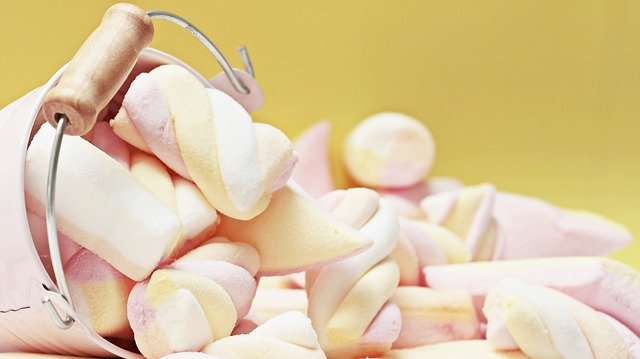From therapeutic to motif viewpoint, Henna has been recognised across the globe to have versatile qualities that are quite beneficial for the mankind.
Besides cooling down the body temperature and removing the latent heat from the body, it has also been found to act as a “sun-block”.
Exactly how it performs this important function has been explained comprehensively through simple scientific theory.
Our skin contains some specialized cells known as “Melanocytes”. These cells produce a dark pigment, Melanin, in response to the sunlight.
These cells are found in all the humans. Melanin prevents and protects the skin from the damage of harmful sunlight rays from reaching the lower layers in the skin.
Melanocytes produce more melanin in response to greater light and vice versa.
The theory suggests that when you go out in the sunlight, the skin exposed to the sun will be darker as the light reached Melanocytes and they, in response, produced Melanin.
The skin parts covered by clothes are lighter in colour as sunlight was sheltered from reaching the specialized cells. Likewise, the skin stained with Henna will also be lighter in colour.
As these stains are present in the Stratum Corneum layer, these stains will prevent the light from reaching the Melanocytes, located in the lower layer of the skins.
Therefore, they will not respond to the light for producing the dark pigment.
People with different Henna patterns on their body, the stains will block the sunlight in the exact pattern, covering part of it whilst leaving the other half exposed.
The uncovered areas will be suntanned and the hennaed areas will be sheltered and remain lighter in colour.
As long as the stains are present on the skin, the skin underneath will be protected and produce less Melanin.
When the stained cells have peeled off through exfoliation, the cells that were suntanned will appear at the surface as “reverse henna”.
But this pattern will gradually disappear as the Melanocytes will be stimulated to produce more Melanin for several months.







